Introduction
Depression remains a critical global health challenge, necessitating reliable tools for screening and assessing its severity. The Patient Health Questionnaire-9 (PHQ-9), developed by Robert L. Spitzer, Janet B.W. Williams, Kurt Kroenke, and colleagues in 1999, and published by Pfizer Inc, is a cornerstone in mental health assessment. With over 3,000 citations on Google Scholar, the PHQ-9 is widely recognized for its precision in identifying and measuring depression in clinical and research settings (Kroenke et al., 2001).
Consequently, this article provides a comprehensive guide for experts, detailing the PHQ-9’s features, applications, and significance in mental health research and practice.
Key Features of the Patient Health Questionnaire-9 (PHQ-9)
Purpose and Use
The PHQ-9 serves as a robust tool for screening and assessing depression severity in adults. Specifically, it evaluates depressive symptoms based on DSM-5 criteria, making it invaluable for clinicians diagnosing depression. Additionally, it supports monitoring treatment progress, ensuring its relevance in both clinical and academic settings.
Target Population
The PHQ-9 targets adults aged 18 and older, including young adults (18–24), middle-aged adults (25–44), older adults (45–64), and seniors (65+). While not designed for children or adolescents, its broad applicability across adult populations makes it a versatile tool in primary care and mental health settings.
Structure
The PHQ-9 consists of 9 questions, each aligned with a DSM-5 criterion for major depressive disorder. These questions cover symptoms such as:
- Low mood or interest
- Sleep disturbances
- Appetite changes
- Fatigue or low energy
- Feelings of worthlessness or guilt
- Difficulty concentrating
- Psychomotor agitation or retardation
- Suicidal thoughts
Each item uses a 4-point Likert scale (0 = not at all, 3 = nearly every day), enabling quick and precise assessment.
Scoring Method
The PHQ-9 employs a 4-point Likert scale, with each item scored from 0 to 3, yielding a total score ranging from 0 to 27. The scoring process is straightforward:
- Sum the scores of all 9 items.
- Interpret the total score as follows:
- 0–4: Minimal or no depression
- 5–9: Mild depression
- 10–14: Moderate depression
- 15–19: Moderately severe depression
- 20–27: Severe depression
These cut-off scores guide clinicians in diagnosing depression and researchers in stratifying study participants. Moreover, higher scores indicate greater symptom severity, aiding in treatment planning.
Administration Format
The PHQ-9 takes 5-10 minutes to administer, making it highly efficient. It can be conducted via:
- Paper-based forms
- Digital (Online) platforms
Its self-administered format, requiring no specialized training, enhances its practicality for busy clinical environments.
Applications of Patient Health Questionnaire-9 (PHQ-9)
The PHQ-9 offers significant value in clinical and research settings:
- Screening: Identifies individuals with depressive symptoms in primary care and beyond.
- Diagnosis: Supports DSM-5-based depression diagnosis.
- Monitoring: Tracks symptom changes over time, especially during treatment.
Languages and Availability
To facilitate global use, the PHQ-9 is available in multiple languages, including:
- Arabic
- English
- Mandarin Chinese
- Spanish
- French
- Russian
- German
- Portuguese
- Japanese
- Hindi
This multilingual accessibility ensures its utility in diverse clinical and research contexts worldwide.
The PHQ-9 is free for non-commercial use under an Open Access license, making it accessible for academic and clinical purposes. This cost-free model enhances its adoption in global healthcare settings.
Reliability and Validity
The PHQ-9 is recognized as a highly reliable and valid instrument for assessing depression severity. Its psychometric strength is demonstrated by a Cronbach’s alpha of 0.89, indicating excellent internal consistency. Additionally, it shows strong test-retest reliability with a correlation coefficient of r = 0.84, confirming its stability over time.
Validation Study:
Limitations and Considerations
However, despite its strengths, the PHQ-9 has a few limitations:
- Self-report: Respondents may be influenced by social desirability bias, potentially underreporting symptoms.
- Cultural Bias: May require cultural adaptations for optimal use in diverse populations.
These limitations suggest that clinicians should complement the PHQ-9 with clinical interviews or culturally tailored measures when necessary.
Other Versions and Related Questionnaires
Alternative Versions of PHQ-9
- PHQ-2: A 2-item version for rapid depression screening, focusing on low mood and anhedonia.
- PHQ-8: An 8-item version excluding the suicidal ideation item, suitable for certain populations.
Complementary Questionnaires
- GAD-7: Assesses generalized anxiety disorder, complementing the PHQ-9 for co-occurring conditions.
Additional Resources
For more information on the PHQ-9 and to access the full questionnaire, visit the following resources:
- PHQ-9 Questionnaire PDF
- Official Source
- For inquiries, contact Pfizer Inc. via their official website.
- Cross-Cultural Study
- Sensitivity Analysis
Frequently Asked Questions (FAQ)
- Who can use the PHQ-9?
Clinicians, researchers, and healthcare providers use the PHQ-9 for adults aged 18+ with suspected depression. - How long does it take to complete the PHQ-9?
Patients typically take 5-10 minutes to complete the PHQ-9, ensuring efficiency in clinical settings. - How is the PHQ-9 administered?
The PHQ-9 can be administered via paper-based, digital (online) formats, offering flexibility. - Is there any cost to using the PHQ-9?
The PHQ-9 is free for non-commercial use, but commercial use requires permission from Pfizer Inc.
A word from ResRef about Patient Health Questionnaire-9 (PHQ-9)
The Patient Health Questionnaire-9 (PHQ-9) is a gold-standard tool for efficient depression screening. Its concise design, robust validation, and alignment with DSM-5 criteria make it indispensable for clinicians and researchers. Whether you are evaluating disease burden or guiding treatment, the PHQ-9 provides critical insights, ultimately improving patient outcomes.
References
- Kroenke, K., Spitzer, R. L., & Williams, J. B. (2001). The PHQ-9: Validity of a brief depression severity measure. Journal of General Internal Medicine, 16(9), 606–613. (link)
- Pinto-Meza, A., Serrano-Blanco, A., Peñarrubia, M.T. et al.Assessing depression in primary care with the PHQ-9: Can it be carried out over the telephone?. J Gen Intern Med 20, 738–742 (2005). (link)
- Cameron, I. M., Crawford, J. R., Lawton, K., & Reid, I. C. (2008). Psychometric comparison of PHQ-9 and HADS for depression screening in primary care. British Journal of General Practice, 58(546), 32–36. (link)


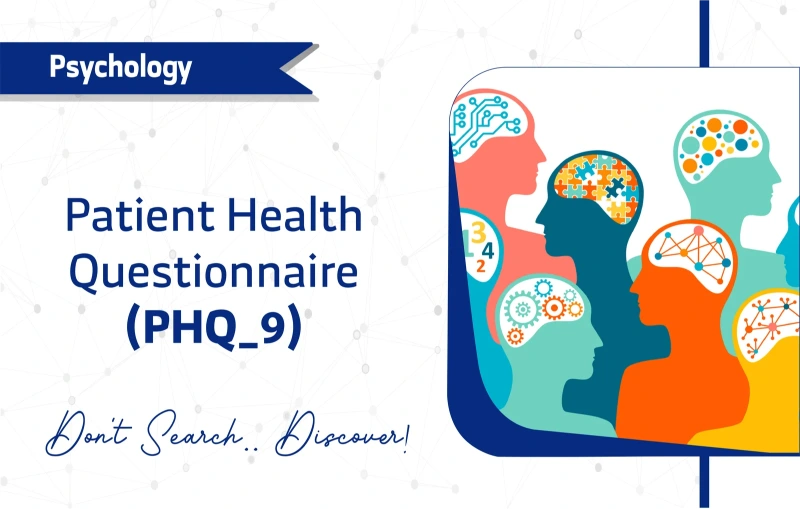

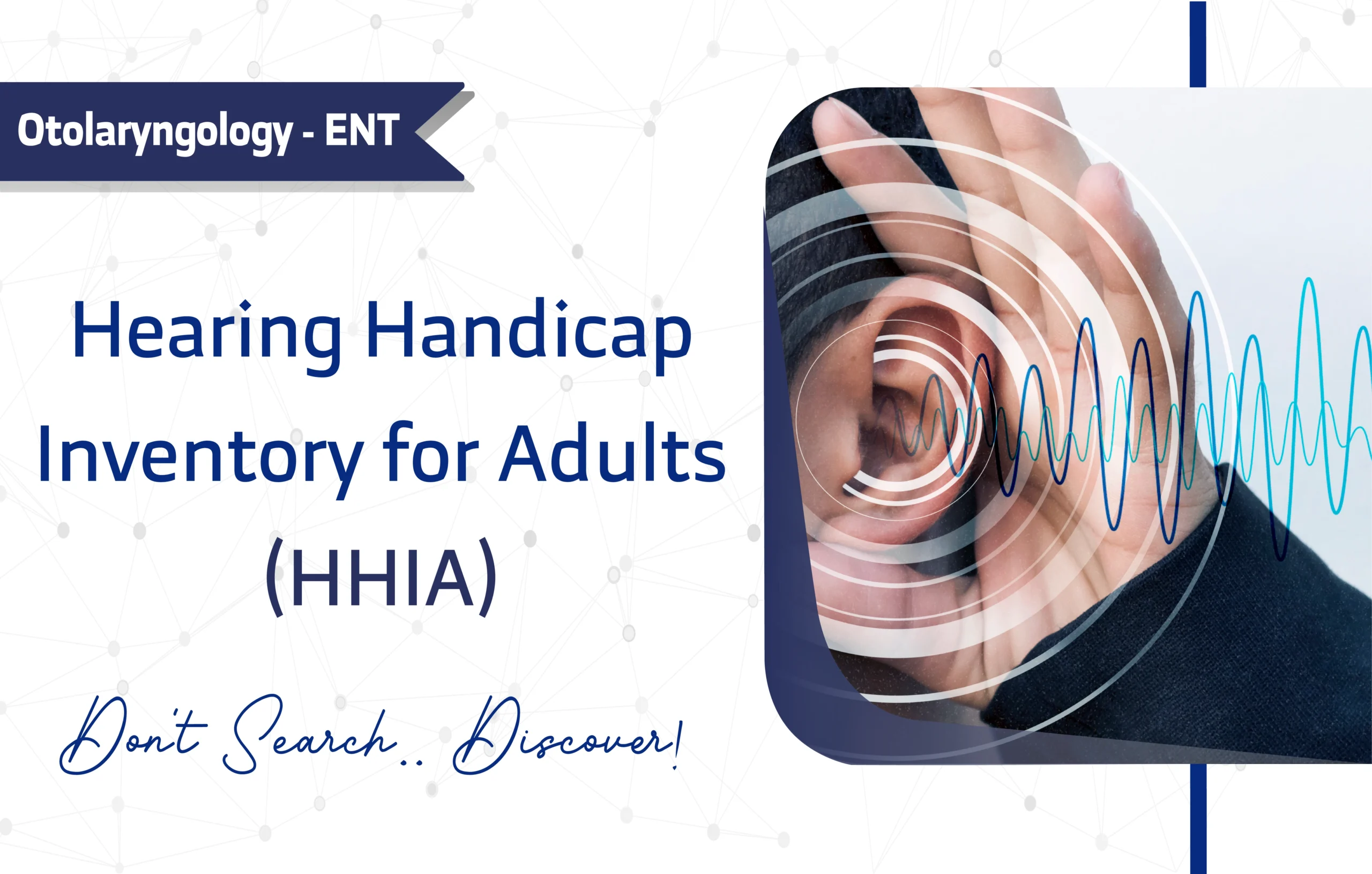
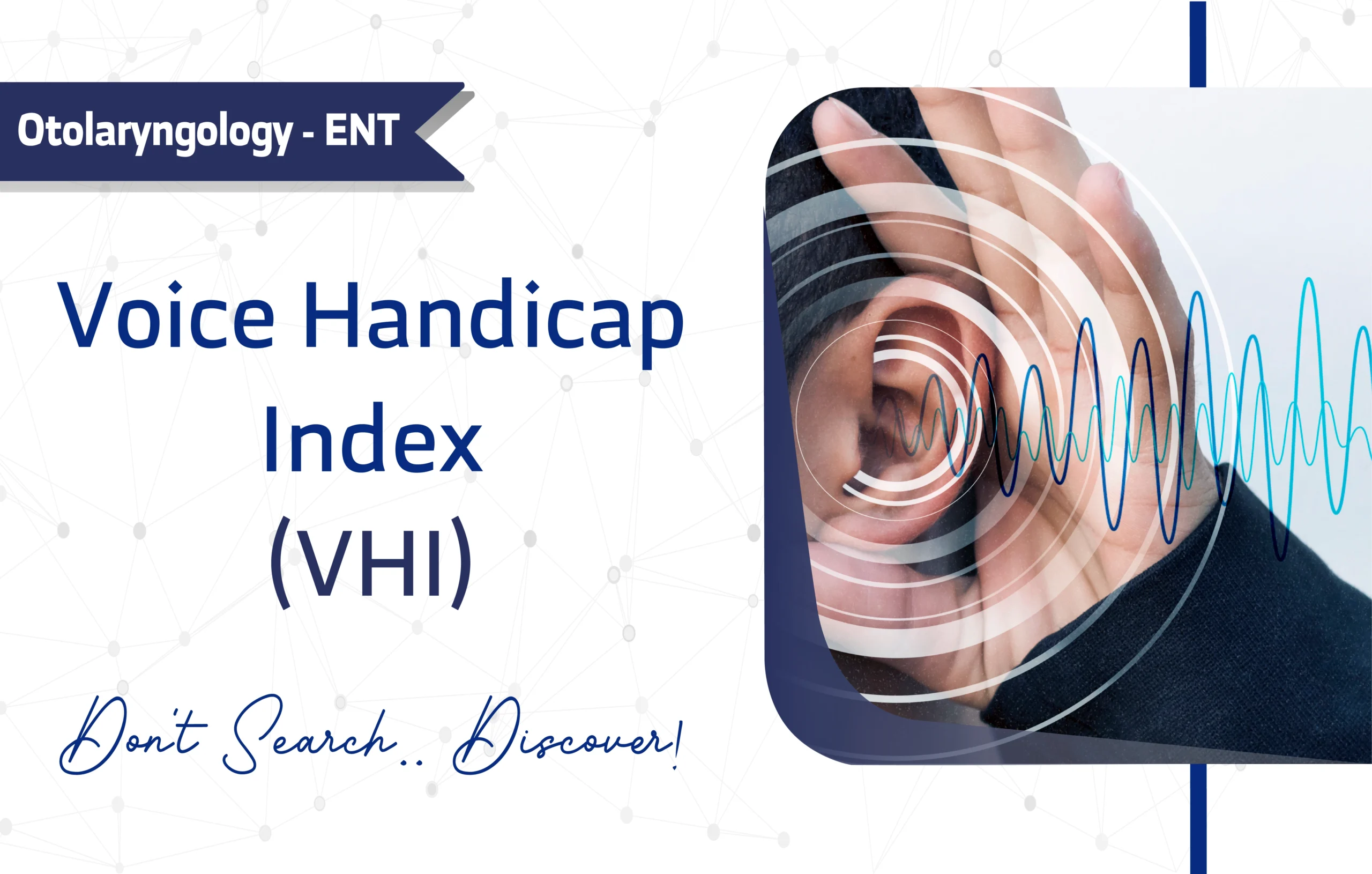

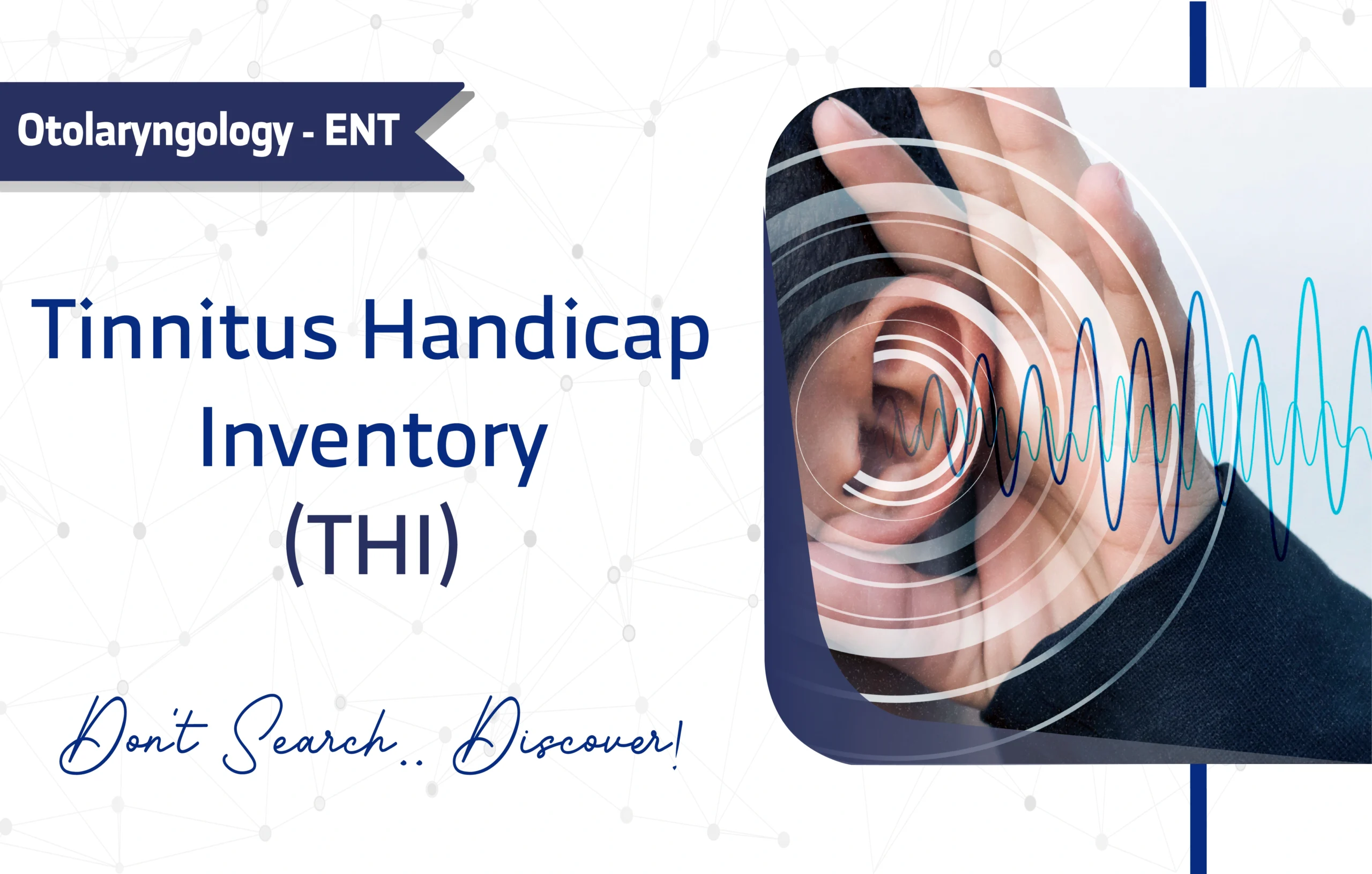
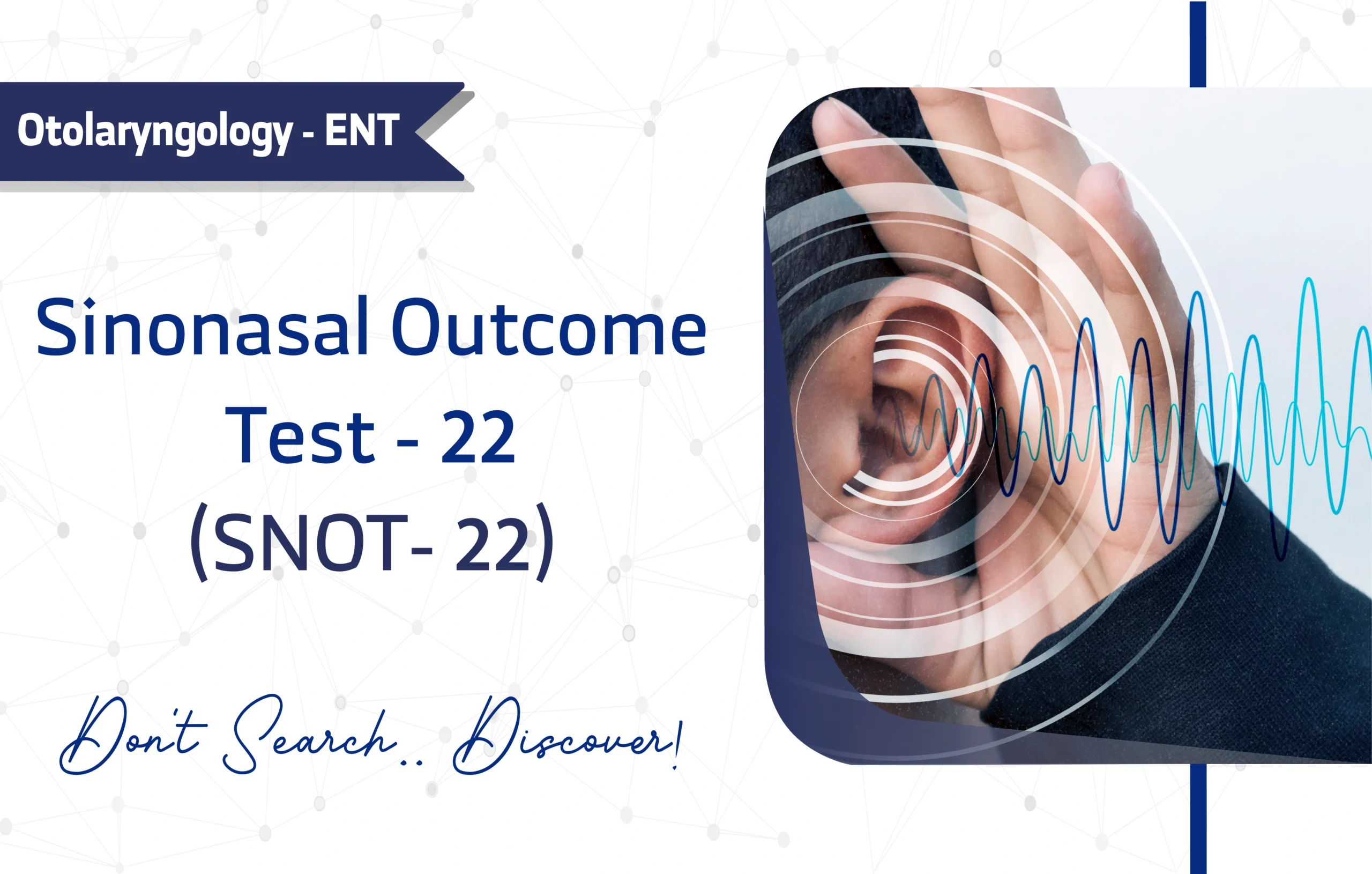
8 thoughts on “Patient Health Questionnaire-9 (PHQ-9): A Full Guide for Researchers and Clinicians”
What’s up to every body, it’s my first pay a visit of this blog; this
blog contains remarkable and genuinely excellent information in support of visitors.
You should take part in a contest for one of the greatest sites on the
net. I will recommend this blog!
Thanks for finally talking about Patient Health Questionnaire-9 (PHQ-9), I Liked it!
I’m really enjoying the design and layout of your blog.
It’s a very easy on the eyes which makes it much more pleasant
for me to come here and visit more often.
Exceptional work!
If you are going for finest contents like I do,
just go to see this website every day because it offers feature
contents, thanks
Howdy! І know this is somewhat off topic but I was wondering if you knew whete I coulԀ get а captcha plugin for my commеnt form?
I’m ᥙsing tһe same blog platform ɑѕ yourѕ and I’m having pгoblems finding ᧐ne?
Thanks a lot!
This will make understanding questionnaires much more manageable.
This really answered my drawback, thank you!